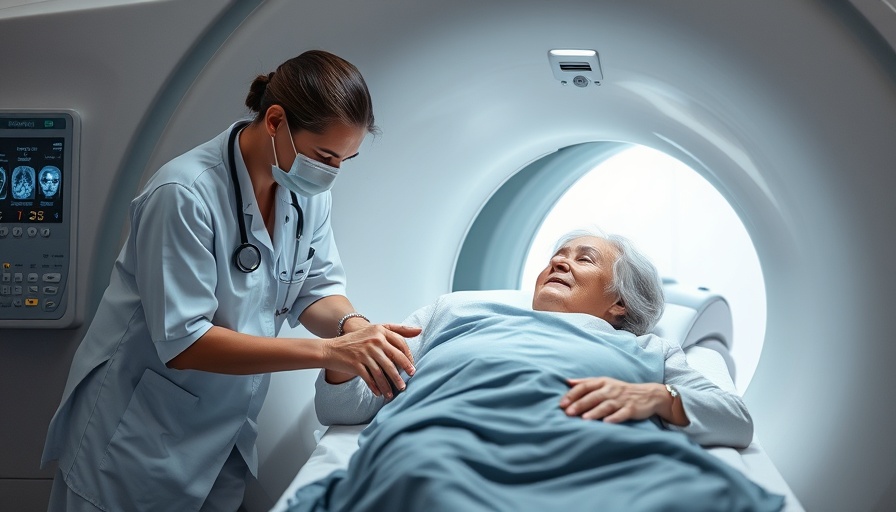
The Hidden Risks of Erythritol: What You Need to Know
For years, erythritol has been hailed as a safe, zero-calorie alternative to sugar. Found in various products from diet sodas to keto snacks, this sweetener enjoys a reputation for being a healthier choice. However, a recent study from the University of Colorado-Boulder raises alarming questions about its safety. It suggests that erythritol may increase the risk of stroke by disrupting the function of brain blood vessels.
What the Study Discovered
Published in the Journal of Applied Physiology, the research indicates that erythritol could significantly affect the brain's microvascular endothelial cells. These specialized cells play a crucial role in maintaining the integrity of the blood-brain barrier. The scientists found that erythritol exposure led to an increase in dangerous free radicals by 75%, as well as a 30% rise in endothelin-1, a protein that causes blood vessels to constrict.
Moreover, erythritol was shown to impair the brain's natural ability to break down blood clots. Under normal conditions, brain cells release a clot-busting enzyme called t-PA when under threat. The study found that erythritol-treated cells did not respond to this threat — a concerning discovery as it could lead to increased incidences of ischemic strokes, which occur when blood flow to the brain is obstructed by a clot.
Rethinking Sugar Substitutes
As the popularity of sugar substitutes increases, it’s essential to reconsider the implications of their use. Although erythritol has long been regarded as a healthier option, evidence is surfacing that suggests it may pose risks similar to those associated with more scrutinized sweeteners like aspartame and saccharin. With cardiovascular health already representing a significant concern for many individuals, alternatives that seem benign could potentially have hidden risks.
Understanding Stroke Risk
Strokes, being the fifth leading cause of death in the U.S., warrant close attention from health-conscious consumers. The average person may assume that lowering sugar intake through the use of substitutes will improve overall health. However, studies suggest that the sugar-free lifestyle may not be as safe as once believed. Experts urge moderation and suggest focusing on reducing overall sweetness intake rather than solely relying on sugar replacements.
Future Implications for Consumers
Given the results of this study, it’s vital for consumers, especially those in Massachusetts invested in alternative medicine and health, to stay informed about ongoing research. While erythritol can still be enjoyed occasionally, moderation appears to be critical. The potential rise in stroke risks calls for a more precise understanding of how such substitutes interact with our bodies.
Final Thoughts: Navigating Dietary Choices
The evidence highlighting erythritol’s potential dangers urges us to reevaluate our dietary choices. As consumers, awareness of the ingredients in our food products is crucial. Engaging in discussions with healthcare professionals about sweetener options or embracing natural sugars and low-calorie alternatives may pave the way for healthier lifestyles.
In conclusion, while the allure of zero-calorie sweeteners is strong, understanding the potential risks associated with erythritol is crucial for making informed dietary decisions. Taking a balanced approach can significantly contribute to your overall wellness and longevity. As always, keep updated with the latest research and consult with health professionals as needed.
 Add Row
Add Row  Add
Add 




Write A Comment